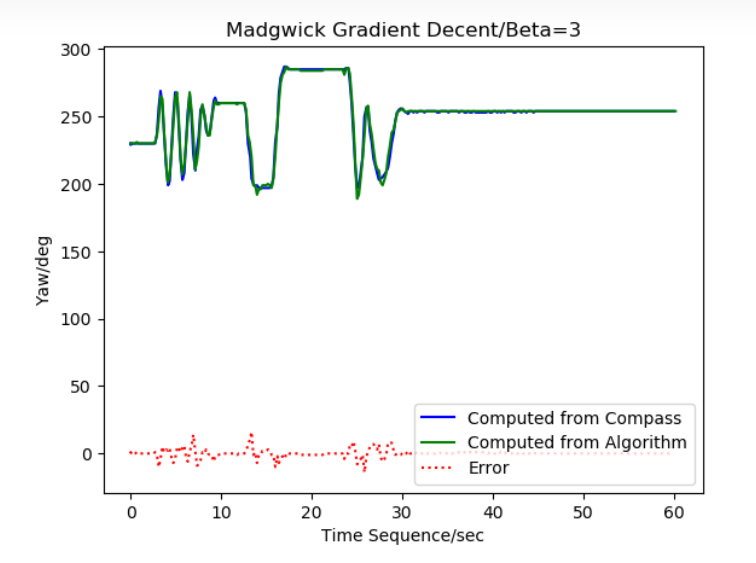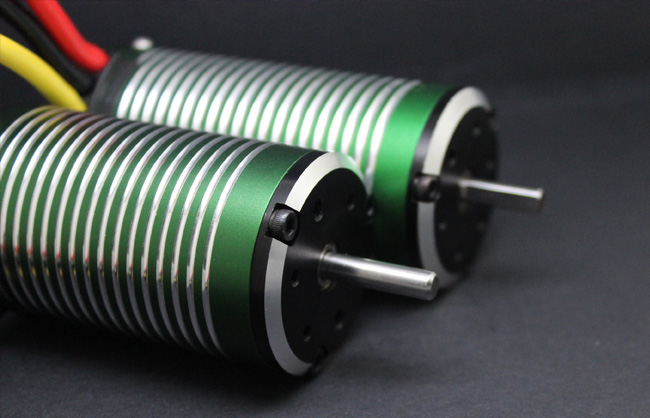COMPANY NEWS
The truth about waterproof brushless motors
In many applications of radio-controlled vehicles, brushless motors may come into contact with water. This can be significant, even if it is completely submerged. Some manufacturers of radio-controlled vehicles advertise on the box that the RC vehicle inside is waterproof. What does this mean? Is the brushless motor in the vehicle really waterproof?
First let's understand that there are 2 different types of brushless motors that are important to our topic today. The first type is the sensorless motor and the last type is the sensor motor.
This is the DD sensorless motor

This is the motor with the sensor
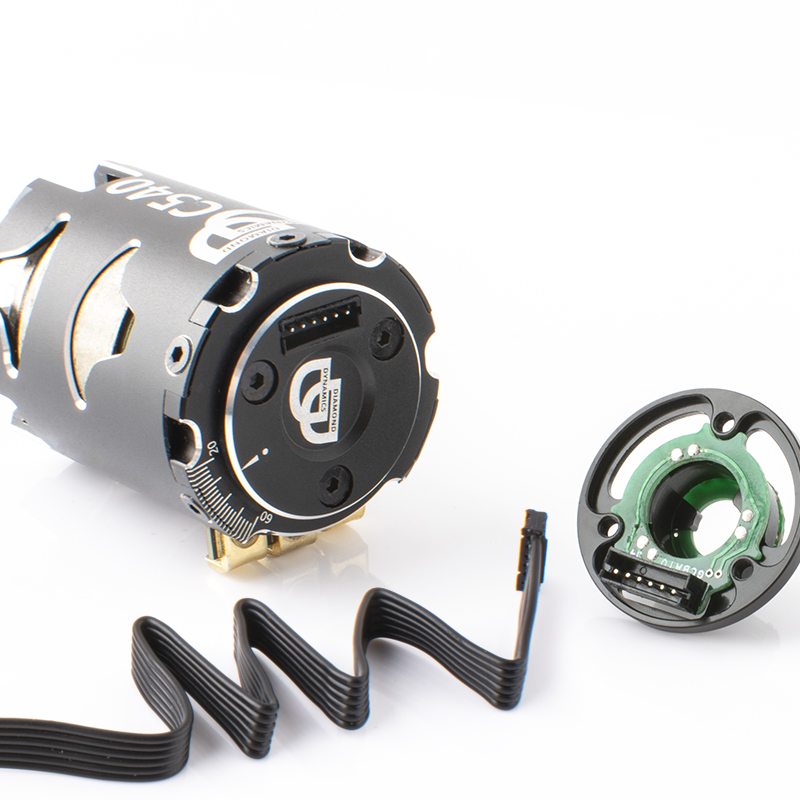
Waterproof sensorless motors with sensors
In short, sensorless brushless motors do operate in complete submersion, but not without wear and tear. Electrically, there will be no problems at the low voltages at which we normally run. Here is an example from my own time racing fast electric boats. Here is a photo of what the hull looks like. You can see that at the back of the boat the entire brushless motor is exposed. This is called an outboard motor because the motor is on the outside of the boat. In the second picture you can see what the boat looks like when the hull is turned over. In the picture, if you look closely, you can see a small trail of disturbed water behind the path of the boat.
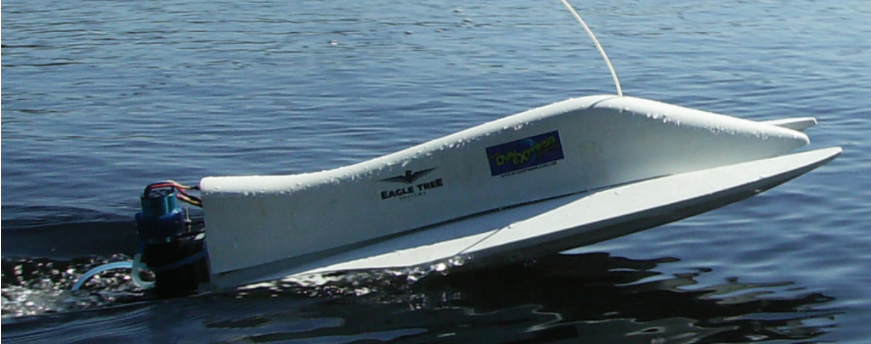
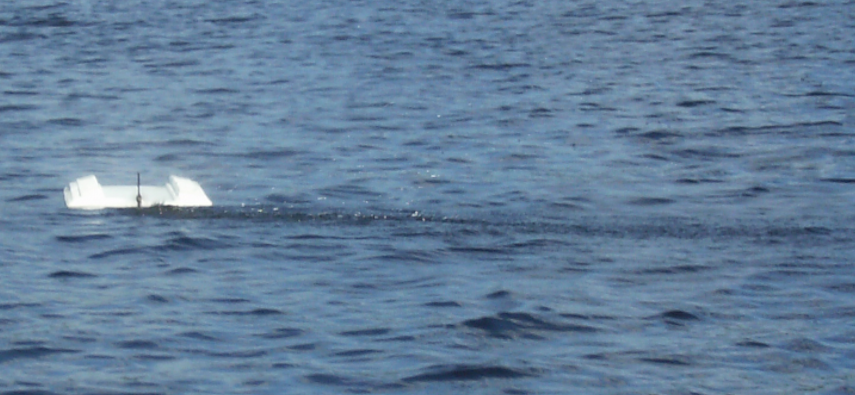
When operating the boat upside down in order to get it back to shore. The brushless motor is able to operate properly without any problems.
The water is very good at penetrating small openings. It is only a matter of time before the water finds its way in. The shaft on a brushless motor is supported by using at least 2 bearings on either side of the motor. The typical RC bearings found in brushless motors are shielded to prevent debris from entering the ball bearings. In fact, brushless motors are water resistant, but they are not really waterproof. Water is not pure in lakes or puddles or even in rain. Small particles can find their way into the bearings of brushless motors from the water itself.
Over time, this can damage the bearings. Worn bearings on a motor can cause the motor's rotor to come into contact with the stator, which can cause near-permanent damage to the motor if it spins up.
In addition, depending on how your rotor is manufactured, you may find bulges or blisters in the rotor material. These areas can also cause damage by scraping along the stator.
Therefore, the bearings are directly responsible for the life of the motor.
